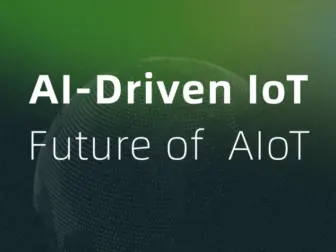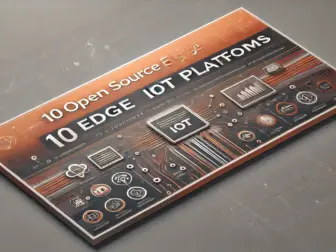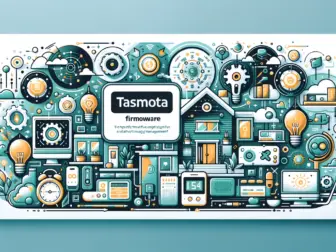Tag - automation
AI and Machine Learning, Blog , January 26, 2025 , AI-Driven IoT, automation, Big Models, Data Analysis, Edge Computing, Industrial IoT, iot, Smart Agriculture, Smart Decision-Making
Blog, Edge Computing and Data Analytics, IoT Tools and Platforms , September 14, 2024 , AI at the edge, automation, Cloud Integration, Connectivity, Device management, digital transformation, Distributed Computing, Edge Computing, Edge IoT, Industry 4.0, IoT Platforms, Open Source, Smart Devices, Technology Innovation
Blog , March 25, 2024 , automation, device integration, energy management, firmware benefits, iot, IoT customization, smart Home, Tasmota firmware
Embracing the Future: How Automation Is Revolutionizing Industries and Redefining Work
Embracing the Future: How Automation Is Revolutionizing Industries and Redefining Work
In the 21st century, automation has become a pivotal force in transforming workplaces and industries around the globe. It’s not just about mechanized production lines or robotic arms assembling cars; automation now permeates every business sector, from agriculture to healthcare, finance to customer service. This profound shift is altering the very fabric of how companies operate and compete, while simultaneously redefining what work means for millions of people.
The integration of automation technologies, such as artificial intelligence (AI), machine learning, and robotics, into the workplace is driving efficiency and productivity to unprecedented levels. For instance, AI algorithms can now analyze vast datasets much faster than a human ever could, providing insights that can lead to better decision-making and innovation. Robotics, on the other hand, are not only capable of performing repetitive tasks with precision but are also increasingly taking on roles that require adaptability and cognitive skills.
In agriculture, automation is helping to meet the world’s growing food demands. Autonomous tractors and drones are used for planting, monitoring crops, and even harvesting, optimizing the farming process, reducing waste, and minimizing the need for manual labor. Meanwhile, in healthcare, robotic surgery systems allow for minimally invasive procedures with higher precision, and AI-driven diagnostics can quickly analyze medical images to identify illnesses early on.
Customer service has also seen a revolution with the introduction of chatbots powered by natural language processing, enabling 24/7 support and freeing up human agents to handle more complex issues. Similarly, in finance, automated trading systems can execute trades at superhuman speeds, and robo-advisors are providing personalized investment advice at a fraction of the cost of human financial advisors.
However, as automation continues to evolve, it brings with it challenges and concerns, particularly around the impact on employment. There’s a growing fear that machines will render many jobs obsolete, leading to widespread job displacement. But while some jobs may disappear, history has shown that technological advancements can also create new industries and opportunities. The key lies in adaptation and the continuous upgrading of skills to stay relevant in an ever-changing job market.
For businesses, the adoption of automation technologies is no longer a luxury but a necessity to remain competitive in a fast-paced global market. Companies that fail to embrace automation risk falling behind as their more efficient and innovative competitors surge ahead. Furthermore, automation can help businesses to scale rapidly and enter new markets with ease, something that would be considerably more difficult with a solely human workforce.
The rise of automation also has broader implications for society and the economy. It can lead to increased production and reduced prices for consumers, but it also necessitates a rethinking of social systems. There will be a need for policies and programs to support those affected by automation, such as retraining initiatives and perhaps even the consideration of universal basic income as a safety net.
In conclusion, automation is not just a trend but a fundamental shift in how the world works. Its potential to enhance efficiency, improve quality, and unlock innovation is immense, but so is its potential to disrupt. The future will be shaped by how individuals, businesses, and governments respond to the challenges and opportunities presented by this automation revolution. By embracing change, fostering learning, and encouraging adaptability, we can harness the power of automation to create a prosperous and dynamic future.


